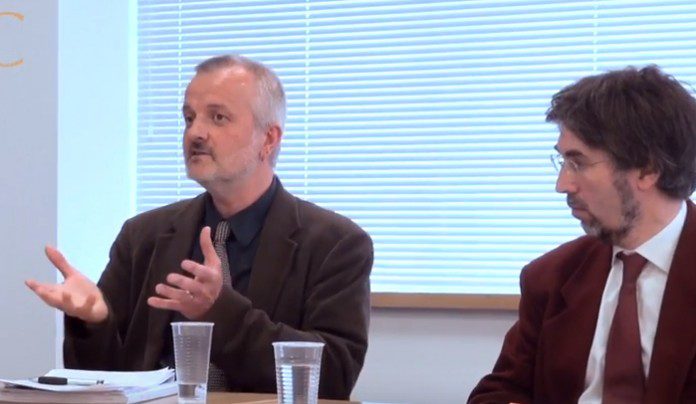Most of the economies that operate on the planet today are considered to be mixed economies. By definition, a mixed economy has one part controlled through free market exercises and the other part controlled by the operational government. Although this is the basic economy of the planet at the local level, there are some pros and cons of a mixed economy that should be considered.
What Are the Pros of a Mixed Economy?
1. There is no one entity that has a majority control over economic interests.
The saying that “absolute power corrupts absolutely” has been shown to apply to economics whenever one group or individual has complete control over it. A mixed economy creates checks and balances that allow businesses, individuals, and the government to thrive and expand.
2. It allows businesses the opportunity to be efficient.
Mixed economies allow businesses to create jobs and do what they do best without worrying about things like inflation or other future market indicators.
3. There is freedom to operate as one sees fit.
The government doesn’t act as a majority owner of the business and the business doesn’t act as a ruling entity. This gives each business a certain freedom to innovate and profit from that innovation.
4. It gives each party a defined role.
Businesses have the role of generating profits so that jobs can be created and a positive economic cycle developed. Governments are placed in the role of being the supervisor of this process to make sure no one is taking advantage of others in a “survival of the fittest” free market economy. The two may often disagree with each other, but they also both benefit from each other.
5. It creates investment opportunities.
People don’t have to just earn money by getting a job with a business that is supervised by their government. They can also invest into business opportunities as a secondary income source so that they can grow their own personal net worth just as businesses are looking to grow their profits.
6. When practiced properly, poverty can be virtually eliminated.
People shouldn’t be living in poverty when they’re working full-time to support themselves and their families. When both entities are working together, poverty is reduced because a monetary safety net can be established to protect against emergencies, unexpected circumstances, or other times of difficulty. Instead of hard work being its own reward, a better standard of living can be achieved by all.
What Are the Cons of a Mixed Economy?
1. It can be a challenge to find the right balance.
When the checks and balances aren’t quite equal, then businesses may profit too much at the expense of the poor. The other end of that equation is the government using business profits to satisfy their own needs. Either entity can take things too far.
2. Laws and regulations are always a threat to a business.
Monopolies, investment strategies, anti-trust laws, and other regulations all play a role in how much freedom a business has to operate. This naturally limits the size and scope a business is able to eventually achieve.
3. There are multiple levels of government, but only one level of business.
Businesses must deal with local, regional, state, and national governments every day as they work toward a profit. This means even when there is balance in a mixed economy, there really isn’t a true balance.
4. Strong influences on either side can take things too far.
Businesses that go too far will expect more from workers because they’ve created an environment where there will always be someone who will accomplish a task for a cheap rate. Governments can also go too far by putting in excessive restrictions or high taxation rates on profits to limit the economic gains that businesses and their employees can achieve.
5. Speaking of higher taxes…
It isn’t just businesses that pay higher taxes when there are interventions that take place on the governmental level. The workers get hit on both sides when business and government are unbalanced because they’ll receive higher tax rates on their lower income levels, which encourages more poverty instead of attempting to reduce it.
6. The structure of a mixed economy is often based on the whims of the government.
Although the structure of this economy is balanced in theory, that balance is at the mercy of the government. This is because the government has the authority to change how the economy operates at any time they please, which means there is always a risk to the business owner.
A mixed economy helps to create jobs, keep people reasonably safe, and provide public services in a timely manner. That’s why it is the most common economic structure that exists on the planet today.
Crystal Lombardo is a contributing editor for Vision Launch. Crystal is a seasoned writer and researcher with over 10 years of experience. She has been an editor of three popular blogs that each have had over 500,000 monthly readers.


















